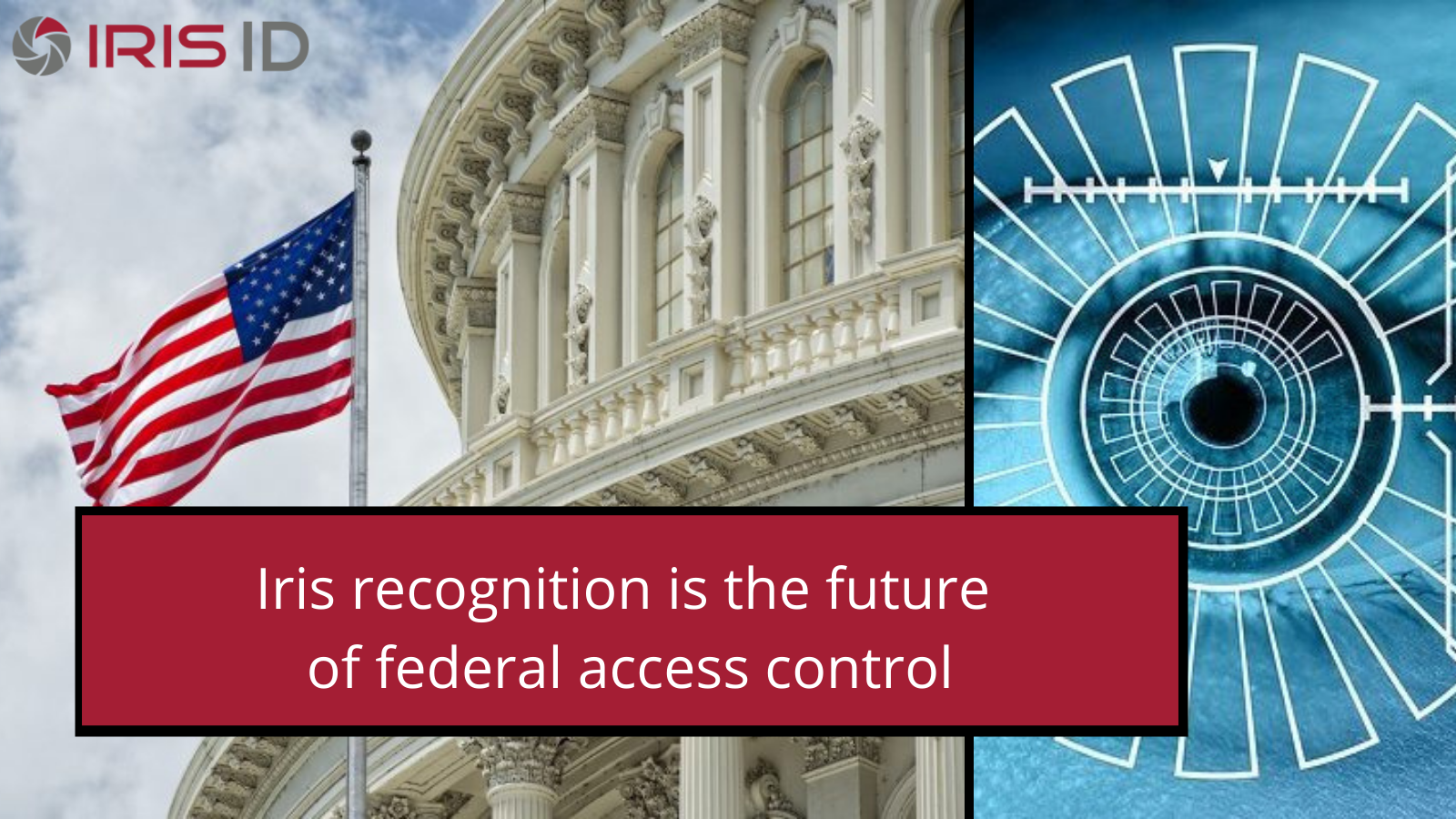Final of a three-part series
By Mohammed Murad
When the federal government first established a PIV card program to increase security for federal employees and contractors, they were wise to include fingerprint biometrics into the protocol to provide another layer of identity authentication.
By having employees present a PIV credential to a reader and then entering a PIN and fingerprint scan, government agencies have the highest level of confidence in the security of their physical and logical access control systems.
COVID-19 Impact
However, the COVID-19 pandemic highlighted the need for a touchless biometric solution such as face or iris recognition. Under ideal circumstances, both technologies are highly accurate, more so than fingerprints. And iris recognition works extremely well in today’s real world where people often wear personal protective equipment such as gloves, masks and goggles.
The federal Office of Management and Budget recently upgraded its description of iris-based biometric technology from “alternate” to “optimal.” Enrolling employees and contractors into an iris database takes less than a minute, with the process similar to having a picture taken. There are no bright lights or other invasive procedures involved. The small, encrypted iris templates easily fit on a PIV card’s circuit chip.
To further enhance security, multi-tech biometric readers capture the iris and face simultaneously. Some iris readers, mounted at parking garages, gates, doors and elevators, verify both iris and face in a process that takes about a second.
Biometrics on the Border
U.S. Customs and Border Protection agents use iris technology on the international borders with Canada and Mexico. Nexus, a program jointly operated by the Canada Border Services Agency and the CBP, expedites the airport clearance process for low-risk, pre-approved travelers between the two countries. There are currently more than 1 million enrolled travelers. Iris ID has a contract to supply the technology and self-serve kiosks to accommodate up to 2.5 million people. At the Mexican border in Southern California, CBP agents use kiosk-mounted iris readers to authenticate the identity of certain non-U.S. citizens entering and exiting the United States. Privately run CLEAR uses Iris ID technology to quickly confirm members’ identities at kiosks near TSA security checkpoints in more than 35 U.S. airports.
The U.S. State Department’s Tactical High-Threat Operations Response (THOR) program collects, searches and tracks biometric data, including iris, facial and fingerprint recognition, to support the department’s Bureau of Diplomatic Security. The department also uses Iris ID’s Iris Access system for access control in U.S. embassies and contractor time and attendance.
In 2018, the U.S. Defense Manpower Data Center, which collates personnel, training, financial and other data for the Department of Defense, chose to replace hand geometry readers used for military base access. To date, more than 200 of the nation’s nearly 800 bases have replaced the handkey readers with contactless iris technology.
Iris technology is ideal for government, healthcare, education and many other markets. The human iris, the colored ring around the pupil, does not change with age, eliminating the need for re-enrollments and making it ideal for use with young children. Iris technology is free of ethnic and gender bias as the shape of an eye is irrelevant – only the iris is used for identity authentication. Even the color of the eye is unimportant as iris images are captured in infrared.
And with the cost of iris cameras and readers now the same as facial technology, the deployment of iris-based solutions will continue growing.
(Mohammed Murad is vice president, global development and sales for Iris ID, a global provider of iris recognition solutions. IrisAccess® is the world’s leading deployed iris recognition platform and is used in thousands of locations, authenticating millions of people’s identities daily.)

